-
Posts
51 -
Joined
-
Last visited
Content Type
Profiles
Forums
Events
Gallery
Blogs
Store
Posts posted by Andy_B
-
-
10 minutes ago, BWM said:
There is someone doing ex Mod stock for just shy of £600, boxed and unused. Like you say, mad price but no competition. I'm not sure if that is for a bare head without valves, etc.
yeah, saw that - image looks like it has valves but as you say it's silly money!
The other head is better but not perfect and seems to have been welded.
Oh dear!
20 minutes ago, BWM said:21 minutes ago, RLWP said:We have had seat inserts fitted to JP heads. I'm fussy about valve regression
We have pistons, valves, head gaskets, manuals etc.
Richard
That head needs more than an insert!
Richard - who's done inserts for you - I am inclined to agree with BWM that it's a bit far gone but I'd like a machine shop to look at it first!
-
I've got two tins of carborundum paste. . . ?
Seriously I wonder whether there's enough left for a recut. ?
-
-
Might be just the way I've wiped it, the way the liner looks. I wondered if it'd been left a while somewhere in between being a fishing boat and being a narrow boat and perhaps got water in this pot. The other one is fine, just light carbon buildup. I've not cleaned it yet but the matching head looks pretty rough too.
-
14 minutes ago, John Hartley said:
. . . more like a mining disaster and
Very good. Made me laugh out loud! ?
-
20 hours ago, frangar said:
. ... I can’t remember the size off the top of my head.
1 5/16" AF. did the job. I found a 3/4 drive single hex socket in an old tool box, c/w breaker bar. Perfick
-
 1
1
-
-
20 hours ago, frangar said:
You need to take the rocker shaft out & rockers then you can access the nuts that fit on the tubes that the push rods go through. It’s a bit of a fiddle and if it’s a marine JP you will need to remove the silencer as well.
Managed to get both rocker shafts out without disturbing the silencer - unscrewed the greaser elbow and pulled it forward. Gentle application of mole grips.
Front piston is pitted at the crown, it's not just carbon build up, it's into the metal. I take it this isn't right?! Any suggestions other than new piston?
-
Pushrod tube nuts . . . ah. ?
Scurries for the manual to see where those are hidden. . .
Well done Frangar. I certainly need those off before going any further.
Thanks for getting straight to it!
Do I get a numpty certificate?
-
 1
1
-
-
Suggestions please, this is a Lister JP2. I'm trying to get the heads off for a decoke and to trace a low compression problem on one of the pots.
All the manifolds are off and the six nuts are off the six big studs on each pot. I've cranked it through compression a couple of times, to no avail, levered gently between the (two) heads, even bopped it on the side with the mooring mallet via a lump of wood. Nothing.
Tapping a screwdriver in the edge of the gasket reveals traces of silicon rubber - could some pillock have glued the gaskets down?
Asssuming that's what's up, what suggestions do you have for getting getting the head off? Be creative.
Cheers
Andy
-
No indeed. I didn't see the new plates, but Jason said they looked like steel too. I'd have expected say sintered bronze. An option might've been to get the inner plates relined, I suppose. I've retained the detritus from the sump in the gearbox for analysis later.
-
-
5 hours ago, frangar said:
If it helps the “ahead” plates are just the friction material sandwiched between separate steel “discs”. From your description it sounds like theve totally warn out or disintegrated.
Sort-of - on this 'box the plates are - were - built on steel carriers. Looks like there was some sintered material on there once on a day. But indeed it has totally worn out
It’s going to need the reduction box taking off.... gearbox top casing removing.. the reverse brake band assembly & cross shafts etc removing then the mainshaft with the planet gears etc. can be lifted out as one ...then the fun starts! It’s not a 5 minute job sadly.
fortunately this boat has no reduction - but yes, it still took a while to get the lid off!
Id also be checking the sump in the engine for the remains of the plates...suck the oil out and wash it down with paraffin. You don’t want an oilway clogged.
there's a little sump in the gearbox with a weir into the engine sump - and yes it was full of fine debris
couple of comments above from today's investigation by Jason from https://www.bollington-wharf.com/ Parts hunting in progress.
-
5 hours ago, frangar said:
If it helps the “ahead” plates are just the friction material sandwiched between separate steel “discs”. From your description it sounds like theve totally warn out or disintegrated.
Sort-of - on this 'box the plates are - were - built on steel carriers. Looks like there was some sintered material on there once on a day. But indeed it has totally worn out
It’s going to need the reduction box taking off.... gearbox top casing removing.. the reverse brake band assembly & cross shafts etc removing then the mainshaft with the planet gears etc. can be lifted out as one ...then the fun starts! It’s not a 5 minute job sadly.
fortunately this boat has no reduction - but yes, it still took a while to get the lid off!
Id also be checking the sump in the engine for the remains of the plates...suck the oil out and wash it down with paraffin. You don’t want an oilway clogged.
there's a little sump in the gearbox with a weir into the engine sump - and yes it was full of fine debris
couple of comments above from today's investigation by Jason from https://www.bollington-wharf.com/ Parts hunting in progress.
-
Hi Bill
Thanks for responding - do you have a phone number for Steve / the yard? I can toddle down there, and if necessary haul the boat down.
Guide bridge is an the Ashton, right? I think it's going to be a box-dismantling job from what I have learned this morning.
I have sent you a PM with my mobile number.
I'm fine waiting until tomorrow if not.
Cheers
Andy
-
Oh!
I learned a lot from your "what's in the box" series - it looks identical to your photos inside. Thanks so much for that series.
Couple of questions:
1/ There seems to be no steel framing to the friction (phenolic) plates. Do you suppose it is possible to wear right through one or both of them?
2/ Do you know where I can find replacement plates? What should I ask for?
Thanks
Andy
)
-
Hi Richard
Thanks for engaging
Quite a lot really - struggling to quantify slippage - much more than usual ( I've been occasionally doing the 1/4 turn adjustment over the last 4 years) with a normal amount of nip.
Stuck in the middle of the cut yesterday I put it in gear and screwed up the adjusters as tight as possible , which got me moving again., but I can barely haul it into neutral now, and after re-engaging it was slipping again (hot last night after a run down from Bugsworth though not as much.
Sorry for the complicated answer to your straightforward question. What are you thinking?
Andy
-
Hi folks
Anyone know of a mechanic with knowledge of the Blackstone gearbox fitted to the JP engines, within shout of Ashton under Lyne?
What we have is a box which - even when very tightly adjusted - still slips badly in Forward gear.
I can only assume that it has run out of friction material in the plates and is down to steel-on-steel.
Happy for any input - contacts as above or ideas of things to try, how to take it apart etc.
Cheers
Andy
-
Excellent!
I've sent you a direct message with my mobile number. If you're happy to drop me a text then I'll be able to contact you directly when we're next in the area.
Otherwise I'll drop another message into this forum at the appropriate time.
Cheers
Andy
-
BWM.
Hi, yes we were opposite (and inside) the Lapworth 'Navigation' before dropping down Hatton. One needs to build up one's strength!
If you still have these I'm happy to buy a set from you, if that's what's on offer. It'd be simpler for me than sourcing them from Cornwall, and you seem to have a few sets.
I'm still debating whether to decoke at the same time (it was running well before the coolant issue), so may not need the head-to-manifold gaskets immediately.
If you're in that area perhaps we could arrange a meeting next time we are there?
There's no rush except that it'd be nice to have her running again by the time my winter mooring is up.
Out of curiosity why did you get so many? Are you restoring JPs regularly?
Cheers
Andy
-
6 hours ago, BWM said:
Was your boat moored opposite the Navigation a few weeks ago?
Haha possibly. There are a few 'navigation' pubs on the network! The boat's im Warwick at the moment but we're in Yorkshire. Where are you / where's RAM?
2 hours ago, jonesthenuke said:These days try looking at the Walkers catalogue, e.g. CNAF.
Thanks. I'll look up walkers cnaf. I might clean up the faces best I can, and put a bit of epoxy in the pitting too.
-
Hi all
Update on this FYI - having removed the silencer and partially decoked it I've found no joint packings in either of the water jacket connections - evidence of silicone sealant says that the previous owner has decided better things are now available. Beg to differ for this application.
Anyway, after a little cleanup of the faces and with some rather rudimentary sealing the water jacket has now held 2b air pressure (way more than it'll ever see) for some 2 hours without any noticeable leakage. I might dry off, fill with water and pressurise to a lower pressure overnight just to be sure, but it looks like the advice to check the flanges was as sound as it was optimistic!
The casting quality looks a little imperfect, with very little land between exhaust and water at the manifold connection. Expecting Silicone to do this job is a bit silly IMHO.
Anyway here are some photos for your entertainment.
Cheers for the advice, my wallet is very grateful.
Any recommendations for gasket material (foam craft sheets from Range made surprisingly effective test gaskets! https://www.therange.co.uk/arts-and-crafts/kids-arts-and-craft/children-s-craft-supplies/foam/multi-coloured-foam-sheets/ - but I used pastel colours as you can see.
This perhaps?
Or just cork & some hylomar?
cheers
Andy



-
Thanks all.
I will dismantle and report in due course.
Andy
-
Thank you. No.
18 hours ago, mrsmelly said:I was going to suggest similar ? I suppose fitting a Japanese engine that needs virtualy zero maintainance isnt enough fun for some people.
19 hours ago, Machpoint005 said:You have my sympathy!
I suppose a nice Beta 43 is out of the question?
 18 hours ago, Loddon said:
18 hours ago, Loddon said:If you have the original round "silencer" at the back of the engine it has a water jacket running through the middle of it.
They corrode! First spots of black water on the roof, then when you are least expecting it a 6ft jet of water out of the exhaust. My old JP3m played this game 25 years ago opposite Tooleys in Banbury, I was inside at the time starting the engine I was told it was very spectacular.
Could be other reasons for it.
Cheers Julian. I only saw the aftermath, but it must've been quite a spout given the distribution of the black stuff!
Of course I hope BWM is correct and it's just a gasket but in cas enot, what did you do to rectify the water jacket?
Ta
Andy
-
You could forgive the casual gongoozler for the comment in the title - because of late my 1950s Lister JP2M has taken to producing copious quantities of white smoke from the exhaust.
Once warmed up - over 60C on the coolant manifold - everything looks okay but this can take half an hour. Hence, I guess the steam engine comment.
What my questioner didn't see is that when left for more than overnight - say a few days - the engine spits black water (no oil just black-as-soot water) up the pipe on start-up (which is becoming increasingly difficult. About half a litre I'd guess, and totally water soluble, no oily deposit not even a rainbow after I mop it away. I thought at first perhaps rain was getting into the vertical pipe, so I drained the coolant and left it a week - result no steam, no black water on the subsequent startup.
So I guess I have a coolant leak somewhere, and I wonder if there are any known weaknesses which I could search for first.
Head gasket perhaps? What about the exhaust silencer / cooler? Something else?
Glad for any advice, help, suggestions even just a bit of sympathy would be nice right now :-)
Cheers
Andy


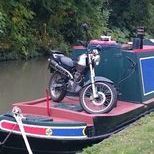
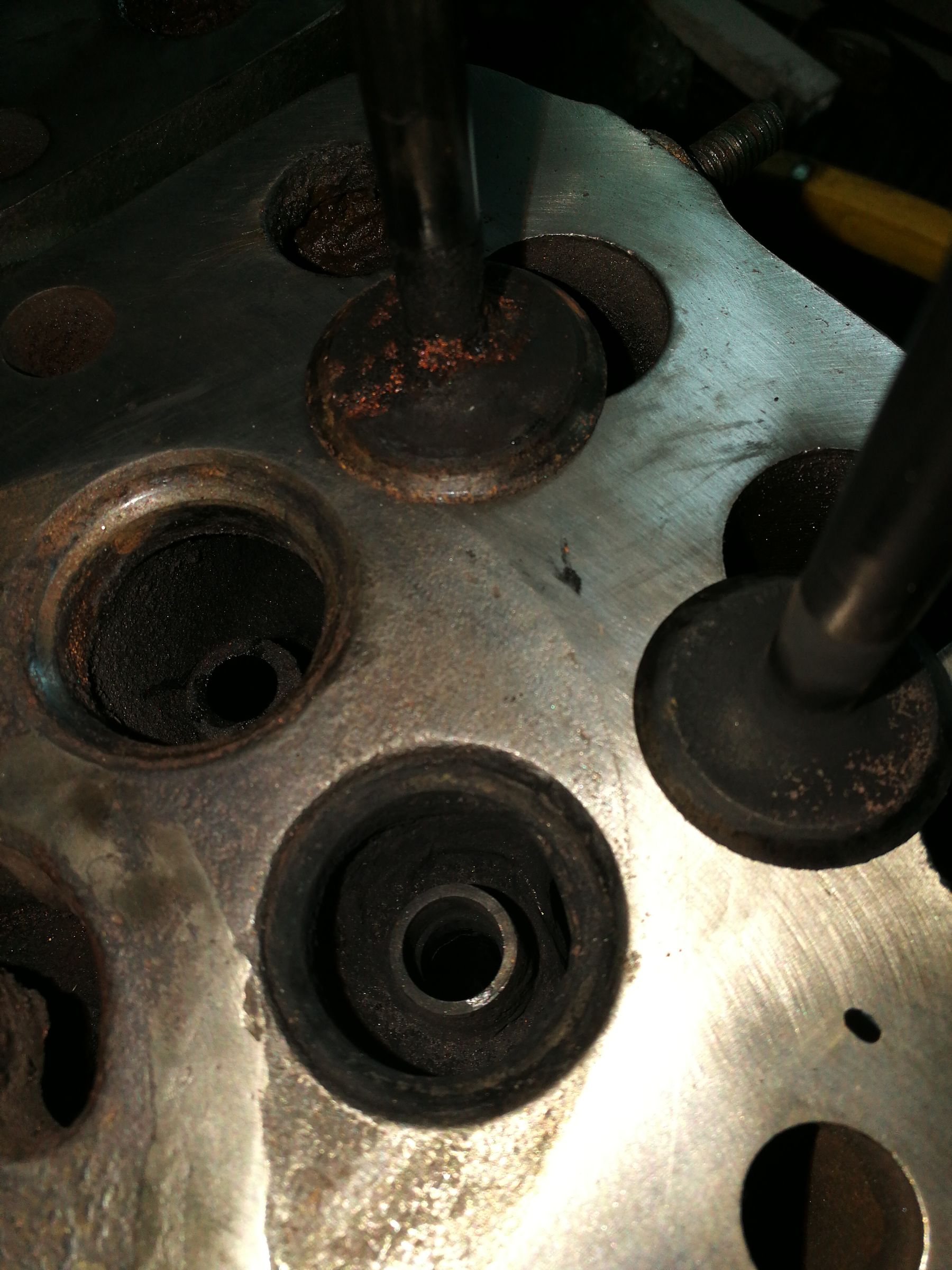
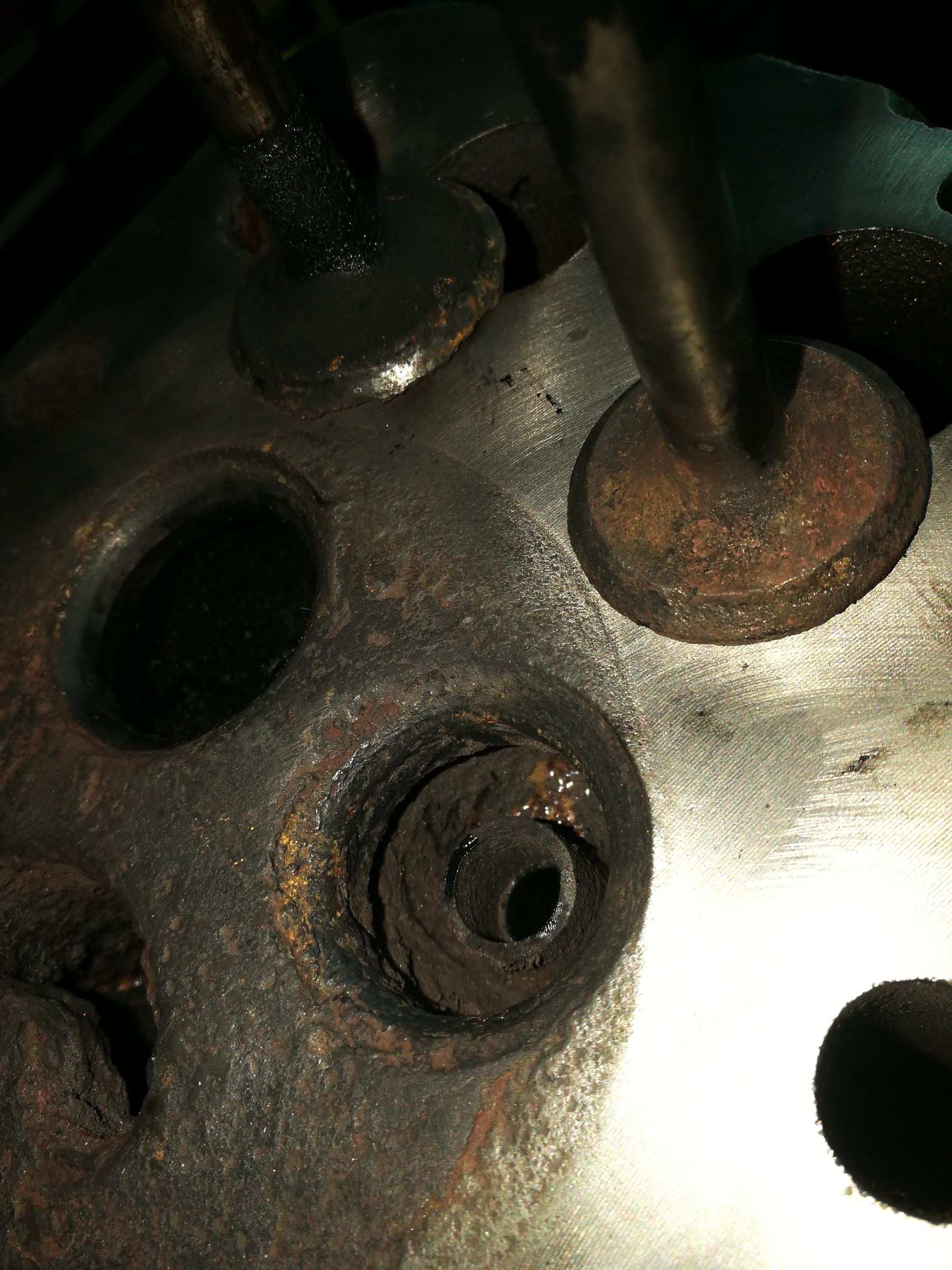
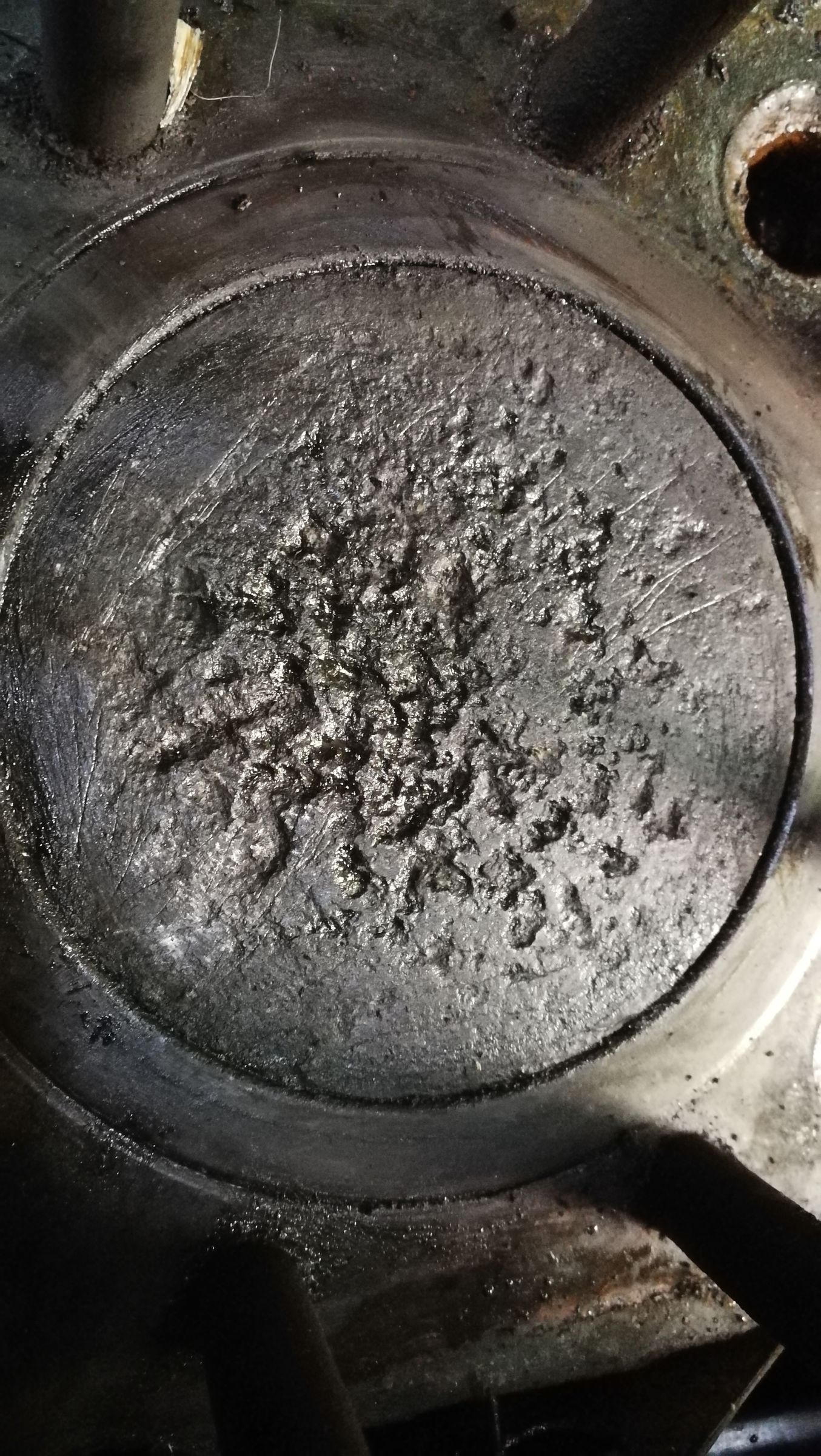
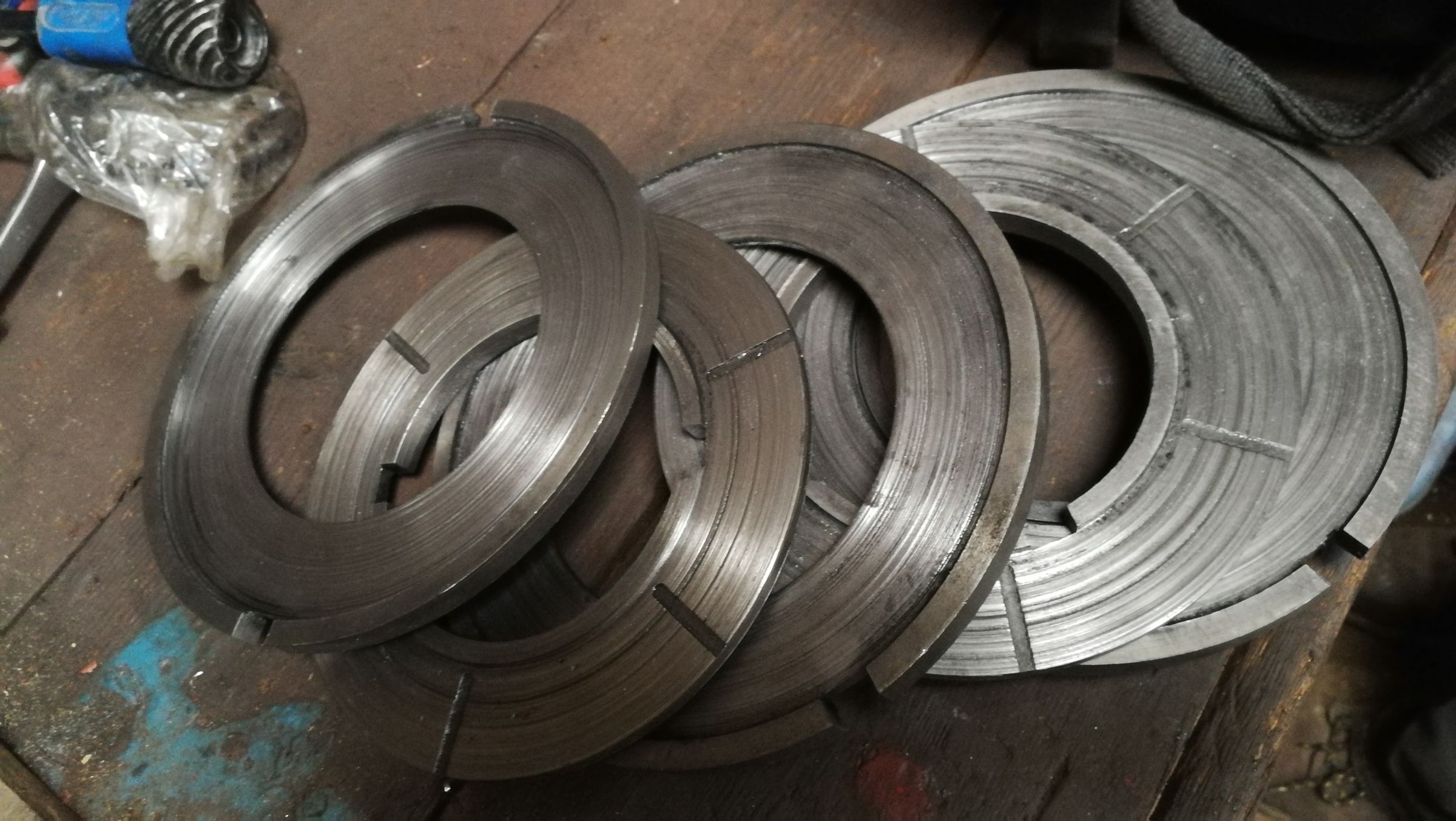




JP2 heads won't lift
in Lister
Posted